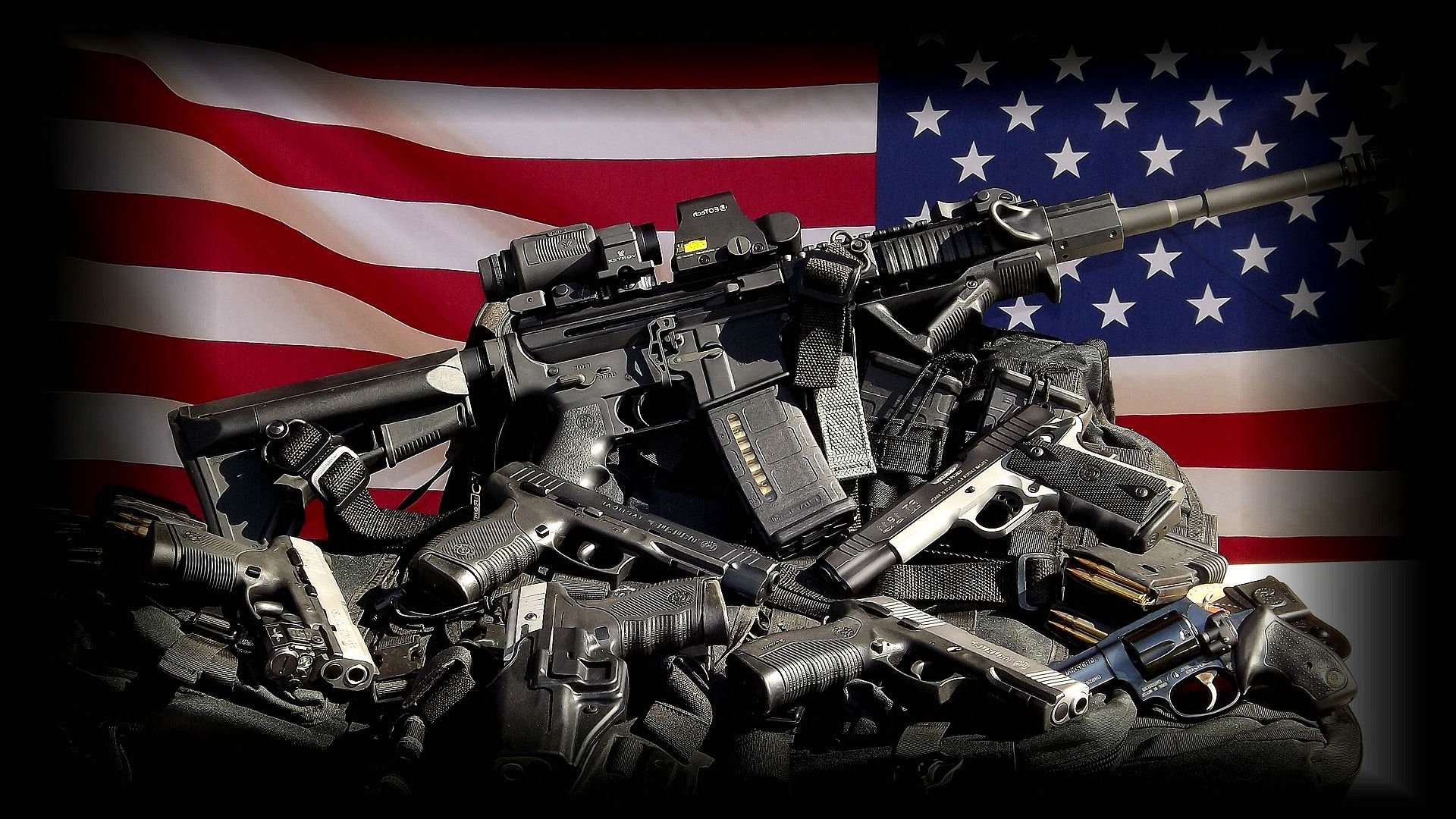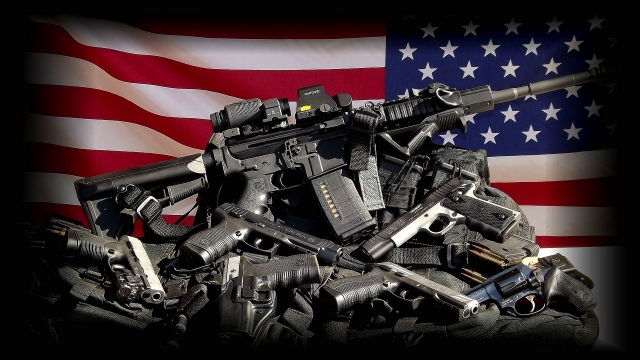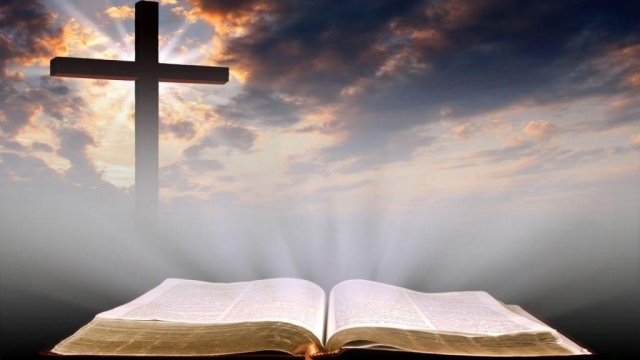Firearms have long captured the attention and imagination of people around the world. These powerful and potentially lethal tools have played significant roles in history, whether as tools of defense or instruments of war. To truly understand firearms, it is crucial to look beyond the cultural and emotional associations they may evoke and delve into the facts and truths that surround them.
At its core, a firearm is a mechanical device designed to propel a projectile at high speed through the controlled combustion of gunpowder or other propellants. The invention of firearms revolutionized warfare, ushering in an era of long-range combat and changing the dynamics of conflicts. From the muskets of the 18th century to the modern rifles and handguns of today, the evolution of firearms reflects our ongoing quest for improved accuracy, efficiency, and reliability.
However, the mere existence of firearms also raises important questions about their usage, regulation, and impact on society. Debates surrounding gun control, self-defense, and the prevention of violence often generate passionate arguments from both sides. It is essential to examine the facts objectively in order to foster informed discussions and explore potential solutions that prioritize public safety while respecting individual rights and freedoms.
By examining the history, mechanics, and societal impact of firearms, we aim to separate fiction from reality, uncovering the truth about these influential tools. In this article, we will explore the various types of firearms, their legal and regulatory status, the role they play in self-defense, as well as the broader implications they have on crime rates and public safety. Through an honest exploration of the facts, we can foster greater understanding and engage in meaningful conversations about firearms and their place in our society.
History of Firearms
Firearms have a long and fascinating history, dating back centuries. From their early origins to their evolution into powerful and efficient weapons, firearms have played a significant role in shaping the world we live in today.
The story of firearms begins with the invention of gunpowder in China during the 9th century. This groundbreaking discovery revolutionized warfare and paved the way for the development of firearms. However, it wasn’t until the 14th century that the earliest known hand-held firearms, known as "hand cannons," emerged in Europe. These early firearms were simple and consisted of a metal barrel attached to a wooden stock.
Over the next few centuries, firearms continued to evolve and improve in design and functionality. The invention of the matchlock mechanism in the 15th century brought about a major advancement in firearm technology. This mechanism allowed for more efficient ignition of gunpowder, making firearms more reliable and easier to use.
By the 16th century, firearms had become an indispensable tool on the battlefield. Muskets and rifles became increasingly prevalent, and armies across the world began incorporating firearms into their military strategies. This shift had a profound impact on warfare, as it placed a greater emphasis on disciplined formations and long-range engagements.
Throughout history, firearms have continued to evolve, with advancements in technology leading to the creation of more accurate and powerful firearms. The introduction of rifling in the 19th century improved the accuracy of firearms, while the development of repeating firearms allowed for multiple shots to be fired without reloading.
Today, firearms are not only used in military and law enforcement settings but also valued by sports shooters and enthusiasts. The history of firearms is a testament to human ingenuity and the role these weapons have played in shaping the world.
Types of Firearms
When it comes to firearms, there are several different types that serve various purposes. Understanding the distinctions between these types is vital not only for enthusiasts but also for those seeking factual information.
One category of firearms is handguns. These compact firearms are designed to be operated with one hand and are commonly used for self-defense, sport shooting, and law enforcement. Handguns can be further classified into two main types: revolvers and semi-automatic pistols. Revolvers feature a rotating cylinder that holds the bullets, while semi-automatic pistols have a magazine that stores cartridges ready to be chambered automatically.
Another category is rifles, which are characterized by their long barrels and shoulder stocks. Rifles are often used for hunting, target shooting, and even military purposes. They can be divided into several subtypes depending on their action mechanism, such as bolt action, lever action, and semi-automatic rifles. Each subtype has its unique way of loading and firing rounds.
Shotguns make up yet another category of firearms. These firearms are designed to shoot a cluster of small pellets, also known as birdshot or buckshot, or a solid projectile, known as a slug. Shotguns are commonly used for hunting birds and small game, as well as for self-defense. The two primary types of shotguns are pump-action and semi-automatic. Pump-action shotguns require manual cycling of the action to load the next round, while semi-automatic shotguns automatically chamber the next round after each shot.
Understanding the different types of firearms is not only important for general knowledge but also for making informed decisions about their use, ownership, and regulations surrounding them. It is crucial to remember that responsible firearm ownership involves being aware of the specific characteristics and purposes of each type.
Controversies and Impact
The world of firearms is not without its controversies and the impact they have on society is undeniable. It is essential to examine these issues objectively and understand the different perspectives involved in order to foster a meaningful discussion.
One of the primary controversies surrounding firearms revolves around their potential for misuse. With their immense power, firearms can cause harm if they fall into the wrong hands. This concern has led to heated debates about the availability and accessibility of firearms in society. Critics argue that stricter regulations are necessary to prevent untoward incidents and promote public safety, while proponents of gun rights emphasize the importance of individual freedoms and self-defense.
Another controversial aspect of firearms relates to their association with crime rates. Statistics often reveal correlations between firearm ownership and certain types of criminal activities. This correlation has fueled debates about the impact of firearms on crime rates, with some advocating for tighter gun control measures to curb violence, while others argue that responsible ownership and education are more effective in reducing crime.
Gun Store
Moreover, firearms have played a significant role in shaping political landscapes, particularly within nations where the right to bear arms is ingrained in constitutional and cultural values. The issue of firearms can become highly polarizing, leading to passionate political divisions. These divergent opinions have profound consequences in shaping policies and legislation surrounding firearms, which can either liberate or restrict access to firearms based on prevailing societal ideologies.
Understanding the controversies and impact surrounding firearms is crucial in order to navigate towards policies that balance individual rights with public safety concerns. Only by engaging in constructive dialogue and considering a range of perspectives can we hope to uncover solutions that address the complexities associated with firearms effectively.




